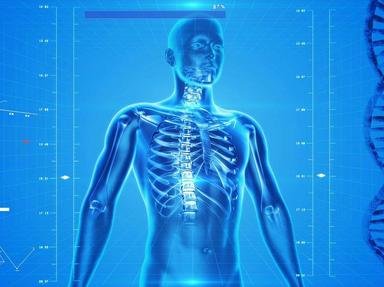Quiz Answer Key and Fun Facts
1. Abdominal point useful in detecting appendicitis
2. Tendon that attaches the calf muscles to the heel
3. Ligament that can cause nerve compression in the arm
4. Area of the brain important to speech comprehension
5. Triangular membrane in the ear
6. Tubes connecting the ears to the throat
7. Suspensory ligaments in the eye
8. Part of the female reproductive system
9. Loop in nephron of the kidney
10. Islets in the pancreas where insulin and other hormones are produced
Source: Author
spanishliz
This quiz was reviewed by FunTrivia editor
rossian before going online.
Any errors found in FunTrivia content are routinely corrected through our feedback system.

